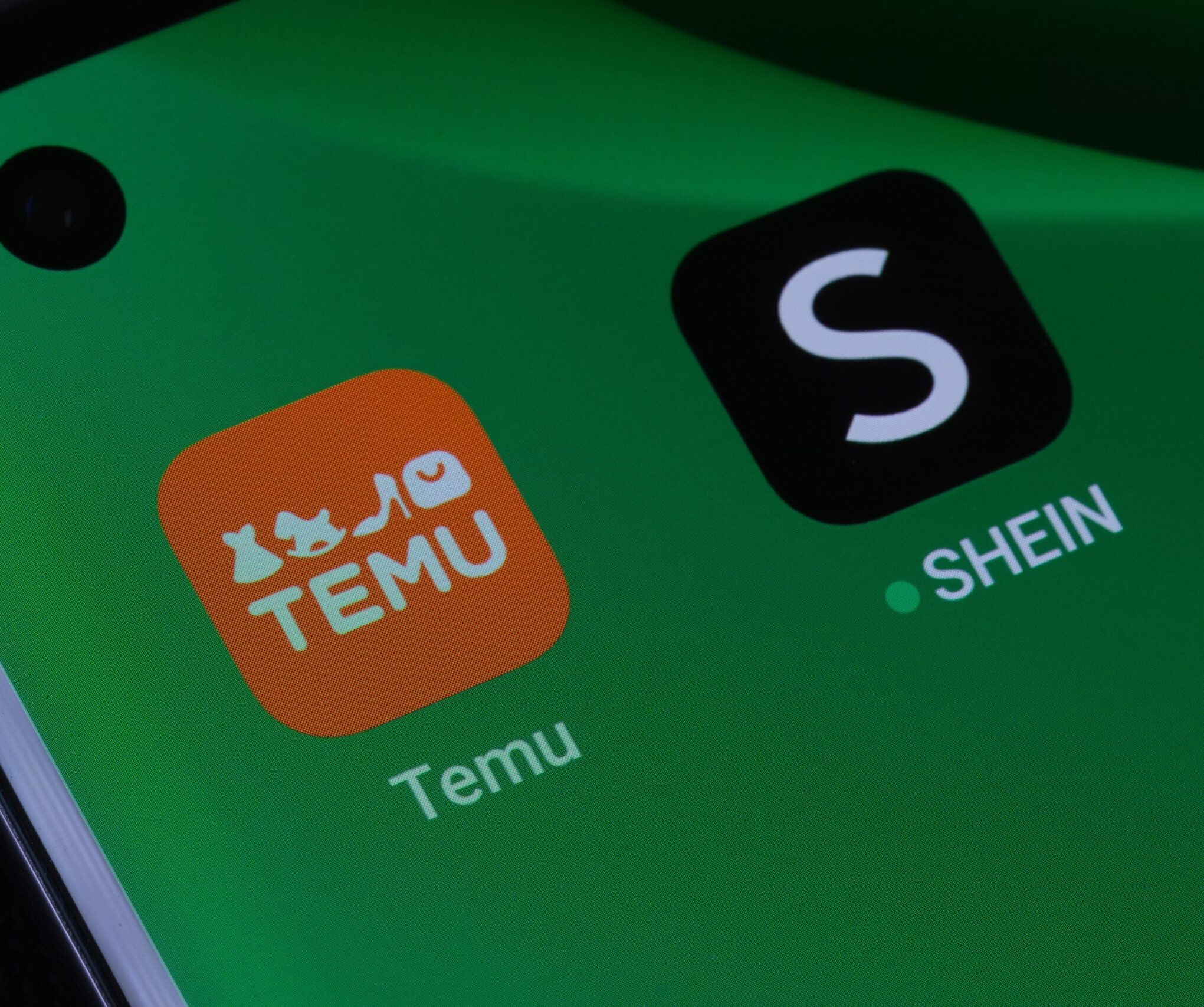Temu and Shein are among the most popular and affordable online retailers. Both are known for their fast rise and popularity as low-cost products. But, like any comparison, you need to look deeper into the intricate details of their business models in order to truly understand whether Temu is similar to Shein, or if they’re distinct players in the e-commerce arena.
The rising and falling of temu
Temu’s rise to prominence has definitely drawn parallels with Shein’s amazing story. Both companies are experiencing exponential growth and have attracted the attention of budget conscious buyers. The attraction of these items lies in their affordability and allows shoppers to look fashionable but not broke. This has led many to question: are Temu and Shein created from the same cloth?

Differences and similarities
Temu is a similar company like Shein in offering products that are affordable However, they’re far from being mirror images. Temu is distinguished by its revolutionary Next Gen Manufacturing model that can provide significant cost savings across diverse product categories. The model uses advanced manufacturing technology that speeds up production, while reducing costs and passing the benefits on to the end-users.
However, Shein has gained a reputation for its fast-fashion style which focuses on clothes and accessories. Its popularity lies in staying up-to-date with the latest fashions and offering a variety of choices for a wide range of fashion preferences. This focus on fashion and the related verticals of accessories and beauty has allowed Shein to make a name for its own. For more information, click Temu vs Shein
Models of business under the microscope
Temu’s Next-Gen Manufacturing model deserves a closer look. By using advanced technology like automated manufacturing, data analytics and AI-driven data, Temu optimizes its supply chain and manufacturing processes. It allows them to reduce manufacturing costs while maintaining high-quality. Temu is able to offer many different products across a variety of categories, from electronics to household goods with competitive costs. This differentiates them from Shein which focuses its focus on fashion and its derivatives.
Shein has a wide assortment of styles but its business model rests on the continuous update of its inventory in order to adapt to the ever-changing fashion trends. This means that the creation, production and distribution cycles must be quick. This strategy has undoubtedly been a factor in its success particularly with younger people wanting trendy pieces at low cost.
Matters of ownership
A question that has been asked is whether Shein is the owner of Temu. But, this is not the truth. Temu and Shein, despite superficial similarities or differences they are distinct entities. They also have their own ownership structures. Temu is an independent player in the world of e-commerce, focused on its own manufacturing strategy, whereas Shein is distinct and is known for its fashion-forward offerings.
Takeaway
It’s not hard to draw parallels among the turbulent seas of ecommerce among companies who have similar growth routes. The tale of Temu & Shein is a reminder that, despite their similarity there are a lot of differences. Their contrasting approaches to business, manufacturing, and market focus emphasize their individuality.
Temu’s Next-Gen Manufacturing model a testament to innovation within the e-commerce sector. Temu uses technology to optimize its processes. This does not just reduce costs, but also increases accessibility to a broad range of categories. Shein’s passion for fashion and its swift production turnover, on contrary, establishes Shein as a leader in the fashion online retail space.
Temu’s contrast with Shein highlights the distinctions in the ecommerce world. Both cater to consumers who are price conscious but their business strategies, models and expertise areas diverge significantly. Temu’s manufacturing expertise, as well as Shein’s flair for fashion demonstrate the diverse nature of the online shopping ecosystem. As consumers and online shoppers allow us to appreciate the distinctness of each one and look into the constantly expanding realm of shopping online.
